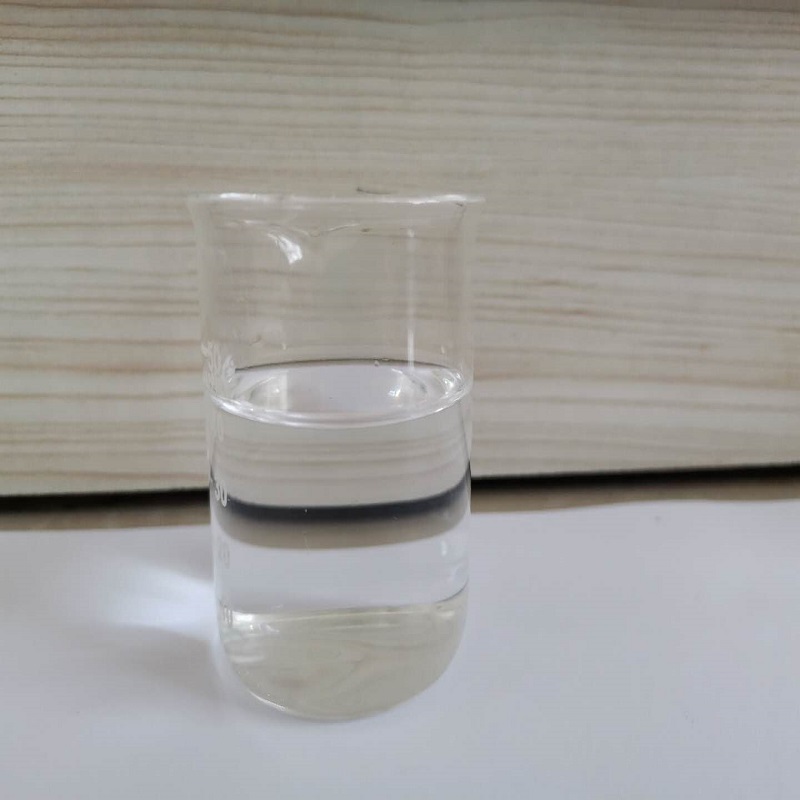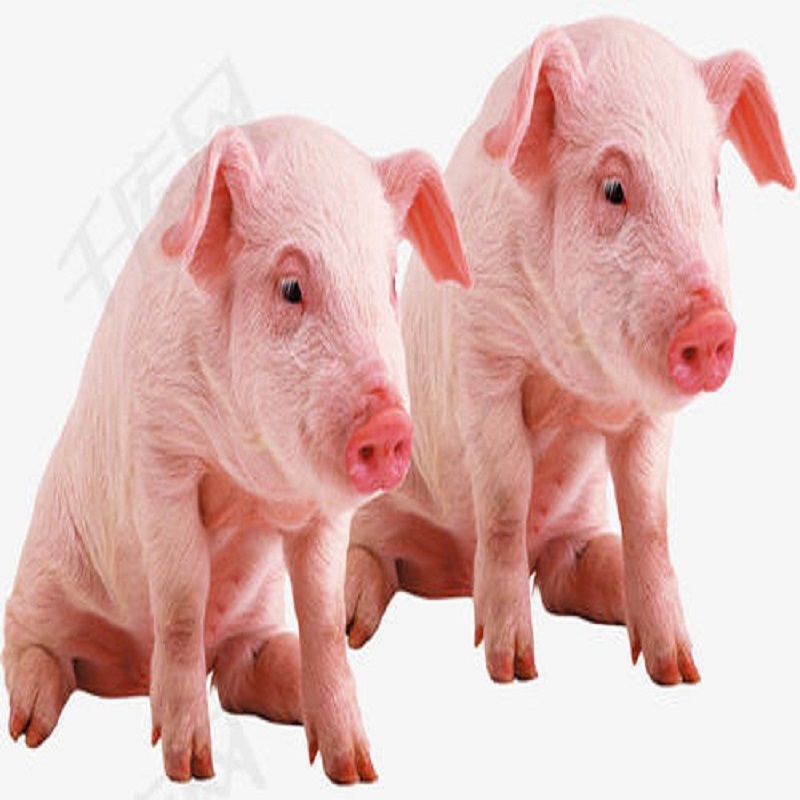Application of Tributyrin in animal production
As the precursor of butyric acid, tributyl glyceride is an excellent butyric acid supplement with stable physical and chemical properties, safety and non-toxic side effects. It not only solves the problem that butyric acid smells bad and volatilizes easily, but also solves the problem that butyric acid is difficult to be directly added into the stomach and intestines. It has broad application prospects in the field of animal nutrition. As a feed additive, tributyl glyceride can directly act on animals’ digestive tract, provide energy for animals’ intestinal tract, improve animals’ intestinal health, and regulate animals’ growth performance and health status.
1. Improve growth performance
The addition of tributyl glyceride to feed has been widely used in the production of all kinds of animals. Adding appropriate amount of tributyl glyceride to the diet can increase the average daily weight gain of experimental animals, reduce the feed to weight ratio, and improve the growth performance of animals. The addition amount is 0.075%~0.250%.
2. Improve intestinal health
Tributyrin can play an active role in animal intestinal health by improving intestinal morphology and structure, regulating intestinal flora balance, improving intestinal barrier and antioxidant capacity. The study found that adding TB to the diet can increase the expression of intestinal tight junction protein , promote the development of intestinal mucosa, improve the digestibility of feed nutrients, enhance the antioxidant capacity, reduce the content of harmful bacteria in the intestinal tract and increase the content of beneficial bacteria, promote the intestinal development of animals, and improve the intestinal health of animals.
There are some studies showed that the addition of TB to the diet can significantly improve the apparent digestibility of crude protein, crude fat and energy of weaned piglets, and the digestibility of feed nutrients is closely related to the health of animal intestines. It can be seen that TB promotes the absorption and digestion of nutrients in the intestines.
Addition of tributyl glyceride can significantly increase the villus height and V/C value of intestinal tract of weaning piglets, reduce the content of MDA and hydrogen peroxide in jejunum, enhance mitochondrial function, alleviate oxidative stress in piglets, and promote intestinal development.
Addition of microencapsulated tributyl glyceride can significantly increase the villus height of duodenum and jejunum, increase the content of lactic acid bacteria in cecum and reduce the content of Escherichia coli, optimize the intestinal flora structure of broilers, and the effect of microencapsulated TB is better than that of liquid TB. Due to the special role of rumen in ruminants, there are few reports on the effects of tributyl glyceride on ruminants.
As the energy material of the intestine, tributyrin can effectively improve and repair the morphology and structure of the intestine, improve the digestion and absorption capacity of the intestine, promote the proliferation of intestinal beneficial bacteria, improve the intestinal flora structure, alleviate the oxidative stress reaction of animals, promote the intestinal development of animals, and ensure the health of the body.
The study found that the compound addition of tributyrin and oregano oil or methyl salicylate in the diet of weaned piglets can increase the V/C value of the intestine, improve the intestinal morphology of piglets, significantly increase the abundance of Firmicutes, reduce the abundance of Proteus, Actinobacillus, Escherichia coli, etc., change the intestinal flora structure and metabolites, which is beneficial to the intestinal health of weaned piglets, and can replace antibiotics in the application of weaned piglets.
In general, tributyrin has a variety of biological functions such as providing energy for the body, maintaining intestinal integrity, regulating intestinal flora structure, participating in immune and metabolic reactions, etc. It can promote the intestinal development of animals and improve the growth performance of animals. Glyceryl tributylate can be decomposed by pancreatic lipase in the intestine to produce butyric acid and glycerol, which can be used as an effective source of butyric acid in the intestine of animals. It not only solves the problem that butyric acid is difficult to add in the feed due to its odor and volatility, but also solves the problem that butyric acid is difficult to enter the intestine through the stomach. It is a highly effective, safe and green antibiotic substitute.
However, the current research on the application of tributyl glyceride in animal nutrition is relatively few, and the research on the amount, time, form and combination of TB and other nutrients is relatively lacking. Strengthening the application of tributyl glyceride in animal production can not only provide new methods for animal health care and disease prevention, but also have great application value in the development of antibiotic substitutes, with broad application prospects.

